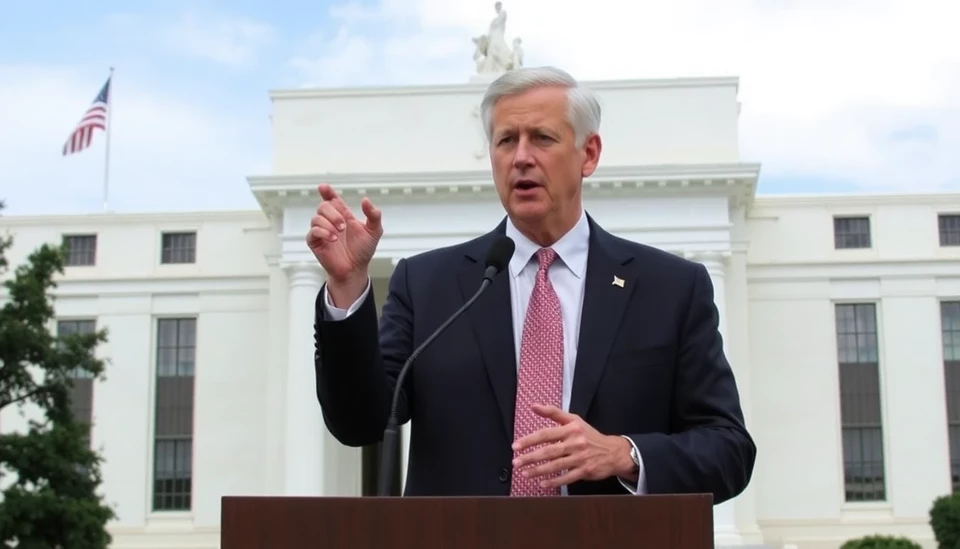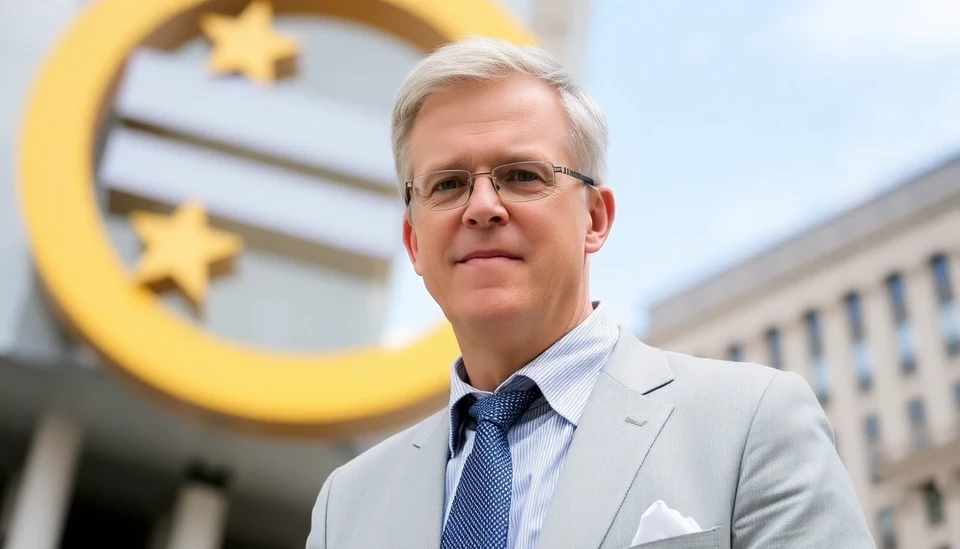
In a recent analysis, T.S. Lombard's chief economist, Steven Perkins, has expressed concerns regarding the current global economic landscape, drawing attention to key indicators that suggest the necessity for central banks worldwide to consider reducing interest rates in 2025. This insight comes amidst a time when economies face various challenges, from slow growth to inflationary pressures.
Perkins highlights that many economies, particularly in advanced markets, are showing signs reminiscent of the early 2000s, a period often referred to as the "global canary" phase. This phase is characterized by vulnerabilities that arise when economic growth slows down and inflation fails to pick up. Such conditions typically prompt calls for a more accommodative monetary policy to stimulate spending and investment.
With inflation beginning to moderate and economic output stagnating, Perkins argues that many central banks are at a critical crossroads. He emphasizes that as inflation rates decrease, the rationale for maintaining high interest rates diminishes, signaling a potential shift in monetary policy that could rejuvenate the struggling economies. Perkins particularly notes the Federal Reserve's cautious approach in balancing inflation control with the need to foster growth, suggesting that an interest rate cut could be an appropriate response to these economic indicators.
Furthermore, Perkins draws attention to the geopolitical factors complicating economic recovery. The ongoing tensions in international trade and supply chain disruptions have led to an uncertain business environment, which further supports the idea that lower interest rates could provide the necessary boost for markets to recover. By easing monetary policy, central banks could encourage spending, investment, and ultimately, greater economic stability.
As the global economic narrative continues to evolve, Perkins' commentary adds to the growing discourse among economists and policymakers on the implications of interest rate decisions in 2025. His emphasis on the delicate balance of stimulating economic growth while managing inflation will be crucial for central banks navigating these challenging waters.
In conclusion, T.S. Lombard's analysis underscores a pivotal moment for global economies, marked by the potential need for lower interest rates to combat slow growth and sluggish inflation. Observers will be keenly watching how central banks respond to these signals in the coming months, with the hope that a more accommodating monetary stance could lead to revitalized economic conditions.
#InterestRates #GlobalEconomy #MonetaryPolicy #EconomicGrowth #TSLombard
Author: Rachel Greene




